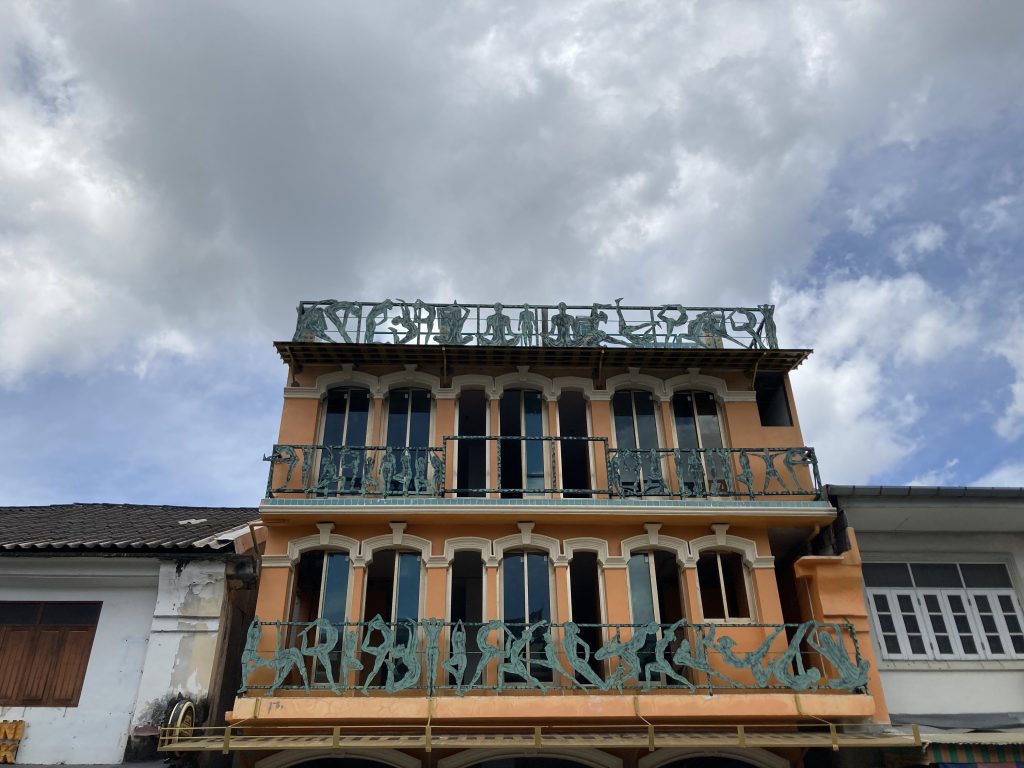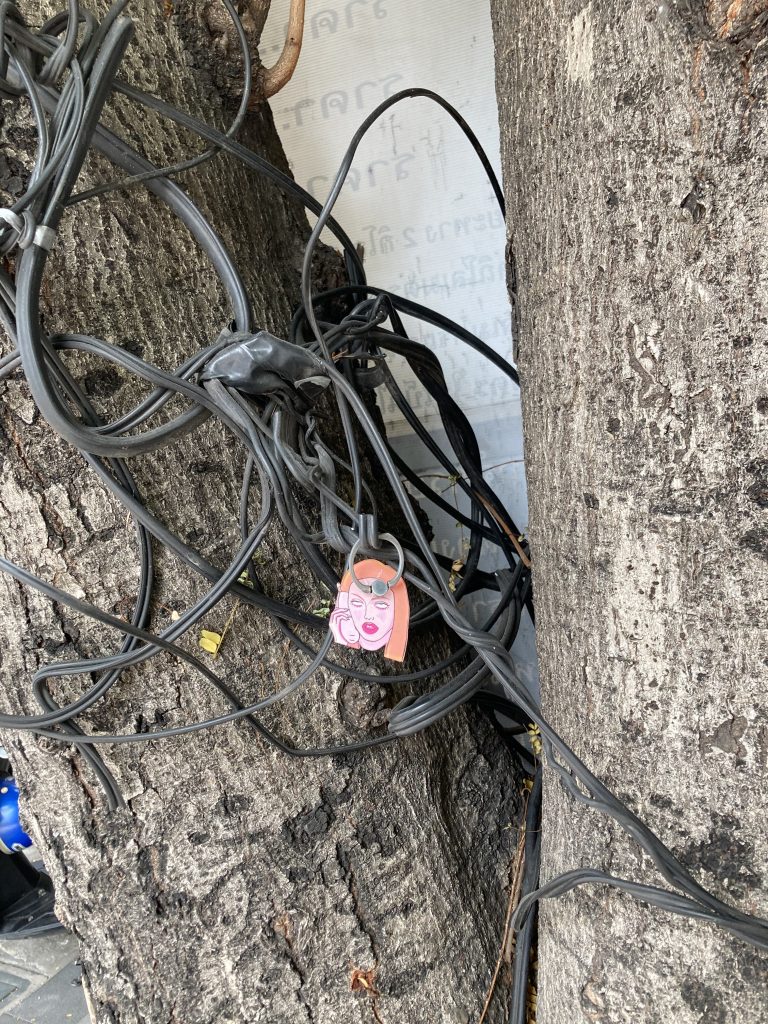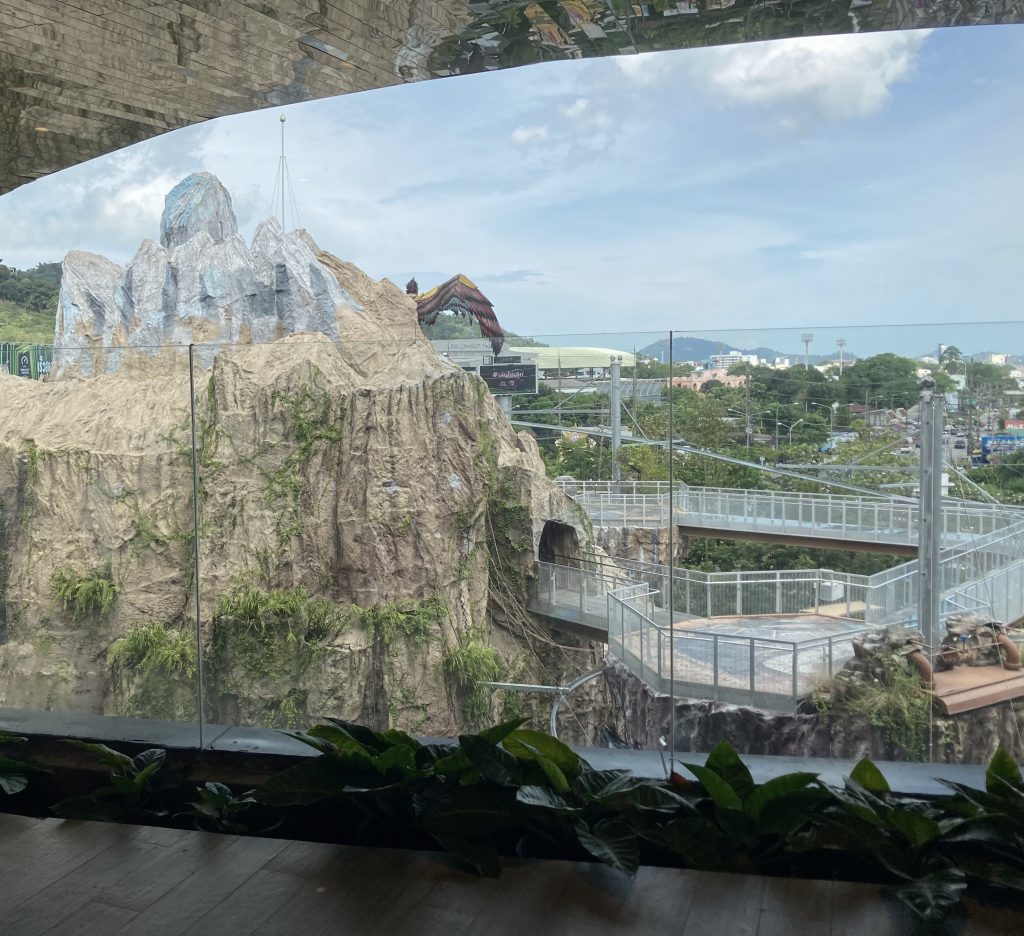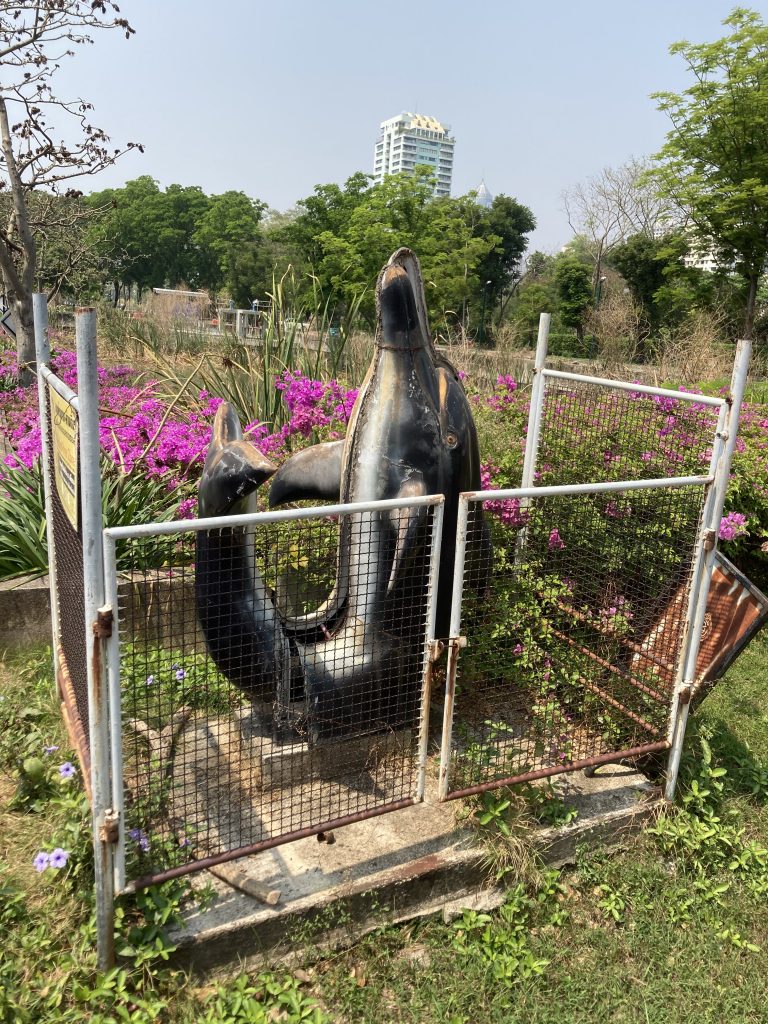I’ve clambered to the top of water towers before. My visit to ‘The Sweet Homes Water Tower’ is detailed previously but, in all honesty, there have been at least a dozen occasions on which I have found my legs jutted out past the edge of some rusty walkway, smoking or drinking or staring, disconsolate, at the setting sun. ‘The Westbrook Municipal Backwash Chamber’ marks the first time I’ve climbed a water tower with permission- with a team, no less.
‘Once every five years, or so, Westbrook County, South Dakota sets about the arduous task of cleaning their ‘Municipal Backwash Chamber’ which, over the course of that time, filters the region’s saliva from the drainage system rather than allow it to return to the sewer. The source of this saliva? The last 10% of any poured-out glass, of course. Or the dregs of coffee. Or the base of a soda bottle.
Though there is little rigor to the statistic, it’s common knowledge that the ratio of spit-to-water in the final sips of a beverage favors the former, sometimes by a large margin. It was with this intuitive sort of science that Ben Mallard, a small-town mayor in the nineties, convinced the local government to construct a sophisticated spit filtration system- a million dollar enterprise. The installation was controversial and plagued by catastrophe, but the state has moved on and ‘The Westbrook Municipal Backwash Chamber’ has become something of a morale booster for the people of Westbrook County, who have little to be proud of but for the purity of their water. As other states and counties progress, Westbrook rests easy with the knowledge that, even in the dry summer months, that floundering watershed is 10% full of water and nothing thicker.’
‘The Westbrook Municipal Backwash Chamber’ makes a sound like a man drinking syrup with a straw. At the end of a five-year term ‘The Chamber’ positively rocks with the force of the saliva inside, churning because:
“You don’t want it building up on the bottom.”
The team that provides these insights and performs the saliva removal has been the same for decades. It’s considered a position of honor – a well-paid, mostly dormant sort of career. Every member is old but they tell me the process is less arduous, less disgusting than one might expect. They’re right- a series of pipes networked, a series of levers are pulled. We don’t have to see the contents of the tower, though there is a crowd gathered to witness the job getting done.
Every five years, Westbrook calls for a group of civilians to sign off on seeing the process occur. I score a spot at the last minute and rush up from Colorado, where I had been preparing to enter ‘The Billboard Labyrinth.’ ‘The Labyrinth’ will be there next week- I can’t say where I’ll be five years from now.
After an hour, the tower stops swaying. The pipes begin to shudder with air bubbles and the process is complete. The saliva is taken away in trucks with the same sort of machinery that powers cement mixers. Most people agree that their cargo is dumped out north- the North Dakotans don’t know or they don’t mind.
We celebrate with a round of waters, straight from the tap. It’s good- good mountain water, I assume, but then I would assume it comes from a spring, high up in a place where the world’s saliva wouldn’t taint it in the first place. I have another glass and drink it to the bottom.
That night, I climb ‘The Westbrook Municipal Backwash Chamber’ and watch the moon rise over the prairie. There is already liquid sloshing around in the base- I hear its tide waxing and waning in a quick, insular cycle. I try to spit but mostly dribble on my chin for all that I’m out of practice spitting. A few drops hit the ground, at least. I wonder how long before it makes it up into the tower- whether any of those molecules will ever make their way back to me and where I’ll be when it happens.
-traveler





